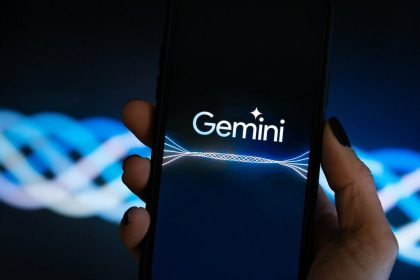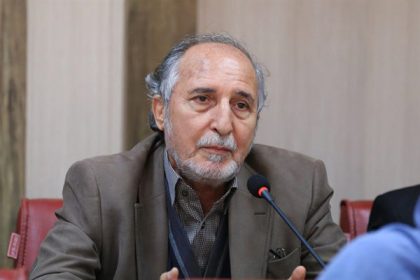With the increase in the human population on earth, the water stress is getting more intense day by day; According to estimates, nearly 2.2 billion people, that is, more than a quarter of the world’s population, do not have access to safe drinking water. In the meantime, half of the world’s population faces severe water shortages at some times of the year; In order to overcome this problem, humans have had to spend huge social and economic costs; Costs spent on desalination of seawater and alternative methods that are unable to respond immediately to changes in water demand.
Scientists have been interested in decentralized water production technologies for years due to such problems; Decentralized technologies are electrochemically based technologies such as capacitor ionization and battery electrode ionization that are easily implemented. However, water quality measurement sensors used in electrochemical-based technologies do not track individual ions in water and have limitations in understanding water quality conditions using electrical conductivity.
Recently, a group of researchers from the Water Resources Cycle Research Center of the South Korea Institute of Science and Technology, in collaboration with a group of researchers from Yeongnam University, have developed a new technology that uses data-based artificial intelligence to accurately predict the concentration of ions in water during electrochemical water purification processes. does
In these experiments, researchers found that to improve the accuracy of predictions, it is necessary to make updates every 20 to 80 seconds. This means that to apply this method to specific ion tracking networks, the water quality must be checked every minute to train the initial model.
Among the advantages of the used model is its cost-effectiveness compared to complex deep learning models, and it requires more than 100 times less computing resources for training. According to the researchers, the importance of this research is not only the development of a new artificial intelligence model, but also its application in the national water quality management system. Using this technology, the concentration of ions can be more accurately controlled and help to improve water availability.
RCO NEWS













